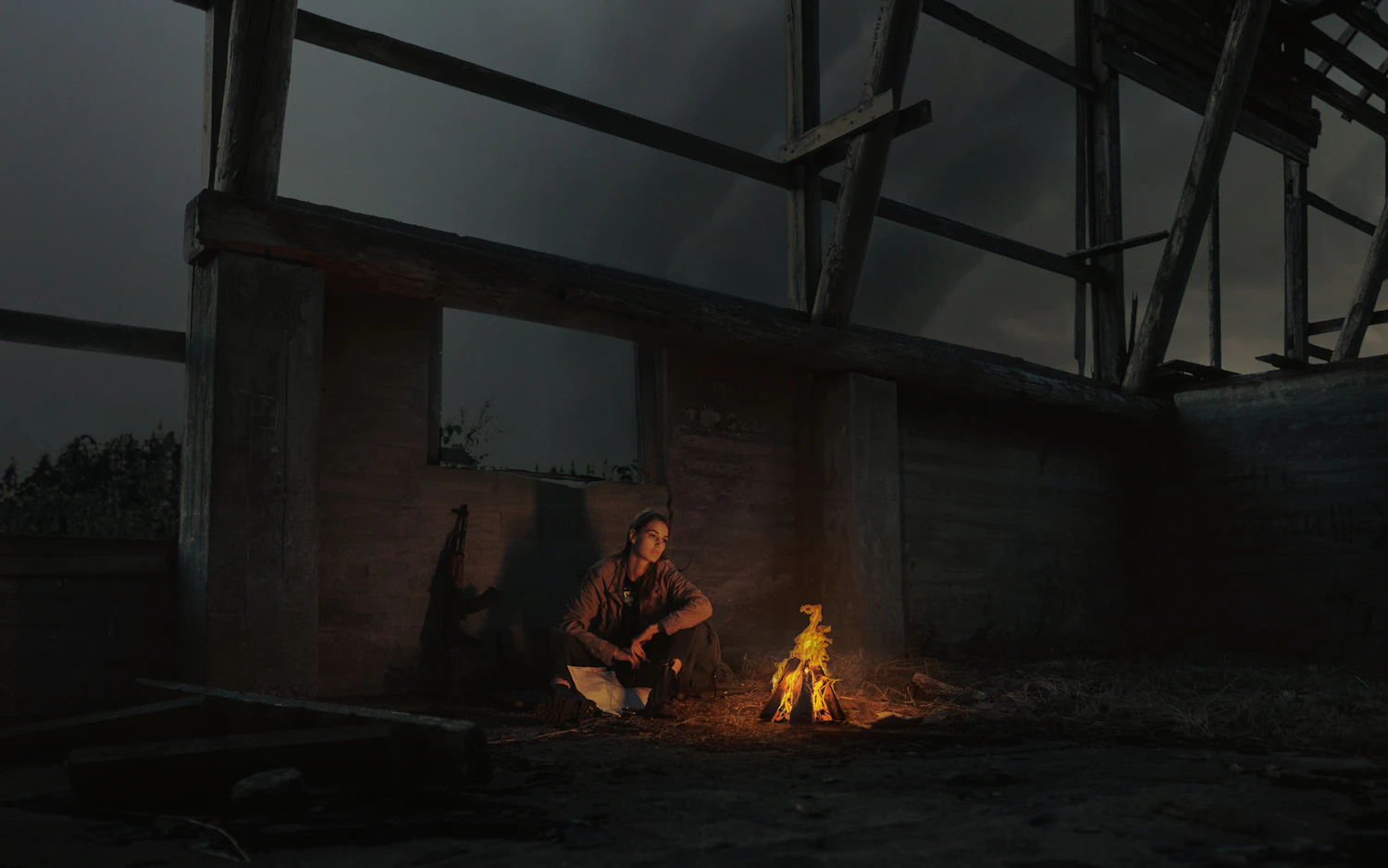01.16FRI
Relay Column: Dreaming of the Future to Survive These Turbulent Times (Teruyuki Hashimoto)

PROFILE
Teruyuki Hashimoto
Sci-fi critic and anthologist. His edited works include "2000年代海外SF傑作選" and "2010年代海外SF傑作選" (both published by Hayakawa Bunko SF), as well as "中国女性SF作家アンソロジー 走る赤" co-edited with Tianjing Wu and Kazumi Oe (published by Chuo Koron Shinsha).
This paper connects my usual interest in researching science fiction novels with the keyword of survival concerning clothing and technology.
The average temperature and ultraviolet radiation levels keep rising every year. The Japan Chemical Fiber Association's page on "Moisture Absorption and Quick Drying" showcases an array of synthetic fiber manufacturers' confident creations. Each of these materials is designed to help withstand the hot and humid summers. Regions that once had no need for air conditioning are now finding their survival at risk without it. Clothing serves as essential gear for protecting daily life.
The theme of the SF anthology "Tomorrow’s Parties: Life in the Anthropocene" (MIT Press, 2022), edited by Jonathan Strahan, revolves around life in the Anthropocene[1]. This collection features new short stories by leading contemporary science fiction writers depicting citizens who must survive in harsh environments and societies. The advancement of future technologies is also a key theme. In the preface, Strahan states, "In my view, science fiction is a fiction that looks at today’s issues through the lens of tomorrow, helping us better understand the world we live in." Notably, the book's cover and illustrations by Sean Bodley depict individuals humorously enhancing or extending their bodies with clothing and equipment.
This article is for members only.
Please register to read the rest of the article.
What you can do with a membership
- Read members-only articles
and use text-to-speech. - Unlimited article favourites
and browsing history. - Attend members-only events.
- Get the latest information
with our email newsletter.
CONCEPT VIDEO
"fashion tech news" Unveils New Logo & Concept Video
TOP ARTICLES
RELATED ARTICLES
CONCEPT VIDEO
"fashion tech news" Unveils New Logo & Concept Video
CONTACT
If you have any questions or enquiries, please enter your details in the form below.









.jpg?w=400&fm=webp)

.jpeg?w=400&fm=webp)






.png?w=400&fm=webp)


